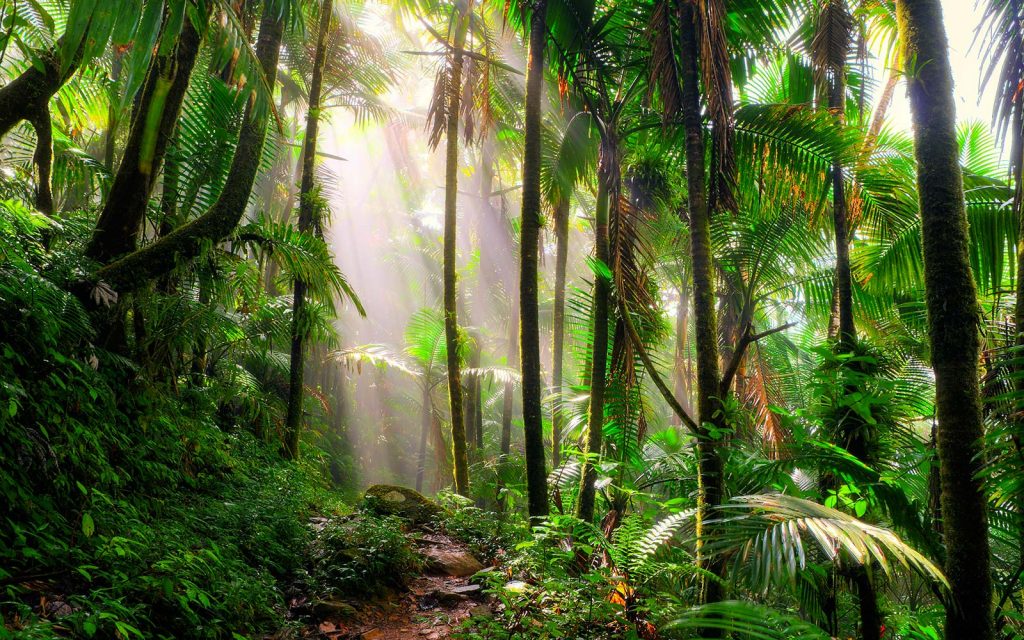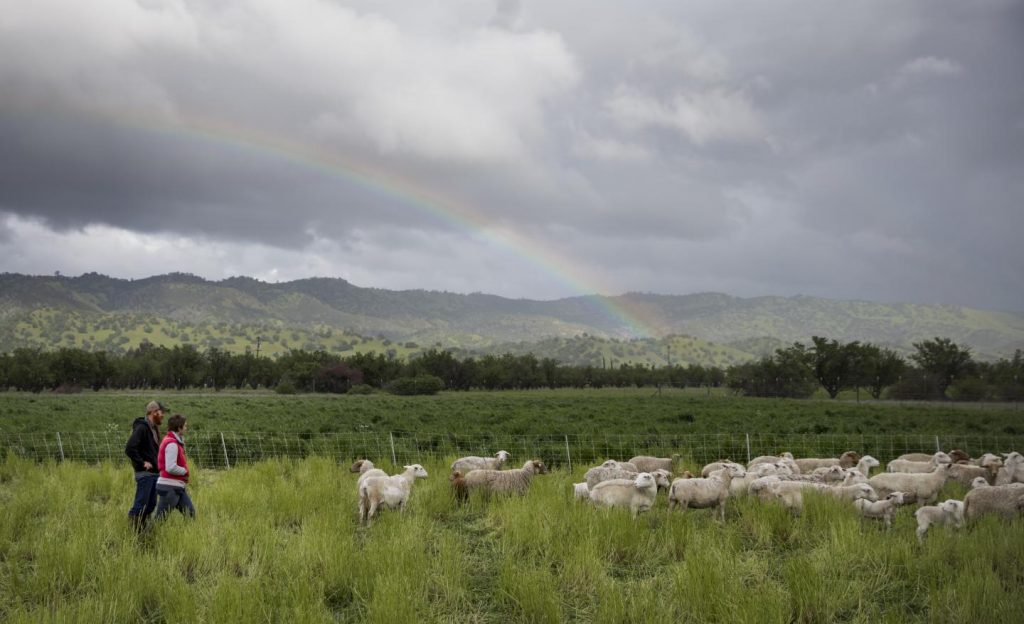There are a lot of things we can do to restore the environment and make it better than it has been in many years, but there are also a lot of things that we can do which might not be so responsible. As the world’s population continues to grow, and technology becomes more advanced, we have got to find ways to live in harmony with nature. Many people don’t realize that they may be harmed when they don’t know any better, and the planet is suffering as a result.
Reduce the amount of waste you generate
Going zero waste could be as simple as giving up buying plastic water bottles or switching from paper towels to reusable cloth. It’s not about perfection, it’s about incremental change and about doing what you can to reduce your waste at home. Using these simple guidelines will help you set a better example for your family and the rest of us.
The best way to conserve water is to not flush the toilet when it is empty, especially if you are on shared water service. If you flush, you waste 660 gallons of water and generated 11,300 mg of carbon emissions. Two main factors go into determining how much water to cut back with usage: Loss through evaporation, and loss through condensation. Chances are you will be using the toilet 3-7 times per week, so a savings of approximately 100 gallons of water per week will get the job done.
If you have a kid, you may be intimately aware of the maintenance and cleaning required to keep a basement, attic or deck clean. You may cut back by installing trigger wash features so that when the water runs off, the fixtures clean themselves automatically. Other times, you may be able to get away with installing your self-cleaning faucet, but make sure it is easy to do so no later than 11 pm.
Changing the water in these fixtures more than once per year is only going to add to your environmental impact. Making sure your home is well cared for will prevent others from doing the same to yours. We buy and love beautiful, well-maintained homes with water heaters, efficient washers and dryers, and all other appliances that use a low-energy product. The ones in the commercial and office sectors, however, use modern, energy-inefficient technologies.

The second way is to recycle properly.
The second way to help the environment is to recycle properly. Recycling means keeping items out of landfills, which reduces methane emissions. Recycling also means saving energy, which is good for the environment. When you recycle properly, you keep your community clean and help the planet.
If a widget or piece of equipment burns a hole in your pocket, then you can donate it to charity or recycle or send it to someone in need instead of throwing it away. Another way your community can help the environment is through recycling your curbside trash. Quarantine measures were put in place to limit people from handling precious materials right in front of their houses, but your curbside trash normally contains items that are of high importance.
If you place items in your trash each week, they will somehow end up in the community landfilled, and these items can help restore the earth. If you live in a rural area, it can be a good idea to drive to your neighbour towns and dump your curbside trash. They can take it and place it at the bottom of the local landfill where it belongs. They can also do it to take heavy metals out of the soil. Several organizations focusing on helping the environment by helping the environment like the Purple Heart Sculpture Program accept curbside trash.
It isn’t always practical or feasible to donate items that are too large (like appliances) or small (like goods for bathrooms or rooms) to charities that are local to your area. These items often end up in the landfill anyway. Instead of throwing these items away, donate them to charities that aim to reduce waste to fight global warming. We have systems and procedures in place to prevent all kinds of problems, but there is always the possibility that something slips through.
Live more sustainably in your daily life
The first two ways are getting off the grid or living more sustainably. However, for the average person, these are not realistic options. The third way is to live more sustainably in your daily life, so you use fewer resources and create less waste. But if you are like most people, you probably aren’t currently doing any of these because you live in a world of abundance and think that everything is possible. You may be doing more harm than good, and you truly aren’t doing anything for the environment, but you think you are doing something for yourself.
Reduce Greenhouse Gas Emissions Create a carbon budget and stick to it. Tricking ourselves into thinking that we don’t have to do things that harm the environment is ridiculous, and gradual emissions cuts alone aren’t enough. Create a carbon budget, knowing that you may have to blow a little bit of money but more than that and it won’t hurt your ways. In other words, set an ultimate endpoint and stick to it. Your Carbon Footprint is a great tool for finding this endpoint. For example, as a recent EPA study found, if you offset everything you do with your carbon footprint, you would only reduce your carbon footprint by about 1.7 pounds per year.
The average footprint is 15x that! So while not completely practical, you will still have a ton of carbon saved each year. Consider doing carbon-neutral living instead of carbon negative. By doing so, you not only reduce your carbon footprint but also enhance your other positive lifestyle habits. It’s that simple. The idea of living carbon-neutral operates similarly too. As the amount of carbon emitted versus consumed varies over time (from technology improvements, burning fuel in cars, washing clothes, etc), it’s important to account for these variables when calculating your carbon footprint.

























